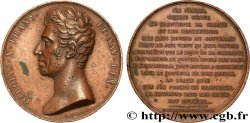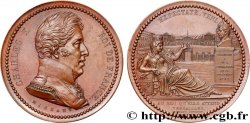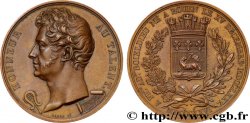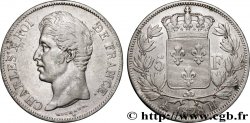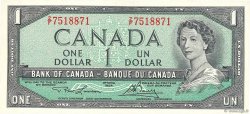E-auction 419-331257 - fme_412240 - CARLO X Médaille, Palais de la Bourse
Devi Sign-in ed essere un offerente approvato fare un'offerta, Login per fare offerte. Conti sono soggetti ad approvazione e di approvazione sono raggiunti entro 48 ore. Non aspettare fino al giorno di una vendita si chiude per registrarti.Confermando la tua offerta su questo oggetto ti impegni ad un contratto legalmente vincolante per l'acquisto di questo prodotto e fare clic su «offerta» costituisce accettazione dei termini di utilizzo de e-auctions cgb.fr.
Offerta deve essere collocato in euro gli importi interi vendita only.The si chiuderà al momento sulla descrizione dell'oggetto, eventuali offerte pervenute al sito dopo l'orario di chiusura non verranno eseguite. Volte transmition possono variare e le offerte potrebbero essere respinto se si attende per gli ultimi secondi. Per ulteriori informazioni ckeck le FAQ.
SENZA COSTI PER GLI ACQUIRENTI.
SENZA COSTI PER GLI ACQUIRENTI.
| Valutazione : | 120 € |
| Prezzo : | 74 € |
| Offerta maxima : | 125 € |
| Data di fine vendita : | 26 aprile 2021 18:53:30 |
| partecipanti : | 7 partecipanti |
Tipo : Médaille, Palais de la Bourse
Data: 1825
Nome della officina / città: 75 - Paris
Metallo : bronzo
Diametro : 67,5 mm
Asse di coniazione : 12 h.
Incisore PETIT Louis-Michel (1791-1844)
Peso : 130 g.
Orlo : lisse
Marchio : sans poinçon
Commenti sullo stato di conservazione:
Large médaille avec de très beaux reliefs, mais nettoyée anciennement avec une patine très claire. Présence de coups et rayures, notamment sur la tranche. Des concrétions sont visibles dans le creux des reliefs au revers
Diritto
Titolatura diritto : LOUIS XVIII - CHARLES X.
Descrittivo diritto : Bustes accolés à gauche de Louis XVIII et de Charles X. Signé : PETIT F..
Rovescio
Titolatura rovescio : PALAIS DE LA BOURSE ET DU TRIBAL DE COMMCE / ACHEVÉ EN 1825.
Descrittivo rovescio : La ville de Paris assise à droite remet les clés à Mercure, devant le Palais de la Bourse de commerce ; légende en deux lignes à l’exergue.
Commento
Le palais Brongniart, anciennement appelé palais de la Bourse, est un édifice entouré d'un péristyle de style corinthien, qui accueillait la Bourse de Paris. Il est situé dans le quartier Vivienne, dans le 2e arrondissement de Paris. Il a été conçu par l’architecte Alexandre-Théodore Brongniart (1739-1813).
En 1807, Napoléon 1er confie la construction d’un édifice à l’architecte Alexandre-Théodore Brongniart (1739-1813). Il souhaite mettre en place un emblème de la puissance et de l’accomplissement auxquels la France est parvenue. En effet, les triomphes de l’empereur sur les champs de bataille développent un véritable commerce européen. Il commande en 1808 à l’architecte Alexandre-Théodore Brongniart un édifice à l’effigie du commerce : la Bourse de Paris. L’empereur espère ainsi instaurer un ordre dans l’économie du pays en centralisant l’ensemble des échanges économiques.
Cependant, A.T. Brongniart n’eut pas la possibilité de voir son œuvre achevée, mourant prématurément le 6 juin 1813.
Parmi les candidats à la reprise du projet, on compte François-Joseph Bélanger et Louis-Pierre Baltard.
C'est finalement Éloi Labarre (1764-1833) qui prit la succession de Brongniart et acheva l'édifice en novembre 1825.
The Brongniart Palace, formerly known as the Palais de la Bourse, is a building surrounded by a Corinthian-style peristyle, which housed the Paris Stock Exchange.. It is located in the Vivienne district, in the 2nd arrondissement of Paris. It was designed by the architect Alexandre-Théodore Brongniart (1739-1813).
In 1807, Napoleon I entrusted the construction of a building to the architect Alexandre-Théodore Brongniart (1739-1813). He wants to establish an emblem of the power and accomplishment that France has achieved.. Indeed, the emperor's triumphs on the battlefields developed a real European trade. In 1808, he commissioned the architect Alexandre-Théodore Brongniart to design a building in the image of commerce: the Paris Stock Exchange.. The emperor thus hoped to establish order in the country's economy by centralizing all economic exchanges..
However, A. T. Brongniart did not have the opportunity to see his work completed, dying prematurely on June 6, 1813..
Among the candidates to take over the project are François-Joseph Bélanger and Louis-Pierre Baltard.
It was finally Éloi Labarre (1764-1833) who took over from Brongniart and completed the building in November 1825
En 1807, Napoléon 1er confie la construction d’un édifice à l’architecte Alexandre-Théodore Brongniart (1739-1813). Il souhaite mettre en place un emblème de la puissance et de l’accomplissement auxquels la France est parvenue. En effet, les triomphes de l’empereur sur les champs de bataille développent un véritable commerce européen. Il commande en 1808 à l’architecte Alexandre-Théodore Brongniart un édifice à l’effigie du commerce : la Bourse de Paris. L’empereur espère ainsi instaurer un ordre dans l’économie du pays en centralisant l’ensemble des échanges économiques.
Cependant, A.T. Brongniart n’eut pas la possibilité de voir son œuvre achevée, mourant prématurément le 6 juin 1813.
Parmi les candidats à la reprise du projet, on compte François-Joseph Bélanger et Louis-Pierre Baltard.
C'est finalement Éloi Labarre (1764-1833) qui prit la succession de Brongniart et acheva l'édifice en novembre 1825.
The Brongniart Palace, formerly known as the Palais de la Bourse, is a building surrounded by a Corinthian-style peristyle, which housed the Paris Stock Exchange.. It is located in the Vivienne district, in the 2nd arrondissement of Paris. It was designed by the architect Alexandre-Théodore Brongniart (1739-1813).
In 1807, Napoleon I entrusted the construction of a building to the architect Alexandre-Théodore Brongniart (1739-1813). He wants to establish an emblem of the power and accomplishment that France has achieved.. Indeed, the emperor's triumphs on the battlefields developed a real European trade. In 1808, he commissioned the architect Alexandre-Théodore Brongniart to design a building in the image of commerce: the Paris Stock Exchange.. The emperor thus hoped to establish order in the country's economy by centralizing all economic exchanges..
However, A. T. Brongniart did not have the opportunity to see his work completed, dying prematurely on June 6, 1813..
Among the candidates to take over the project are François-Joseph Bélanger and Louis-Pierre Baltard.
It was finally Éloi Labarre (1764-1833) who took over from Brongniart and completed the building in November 1825







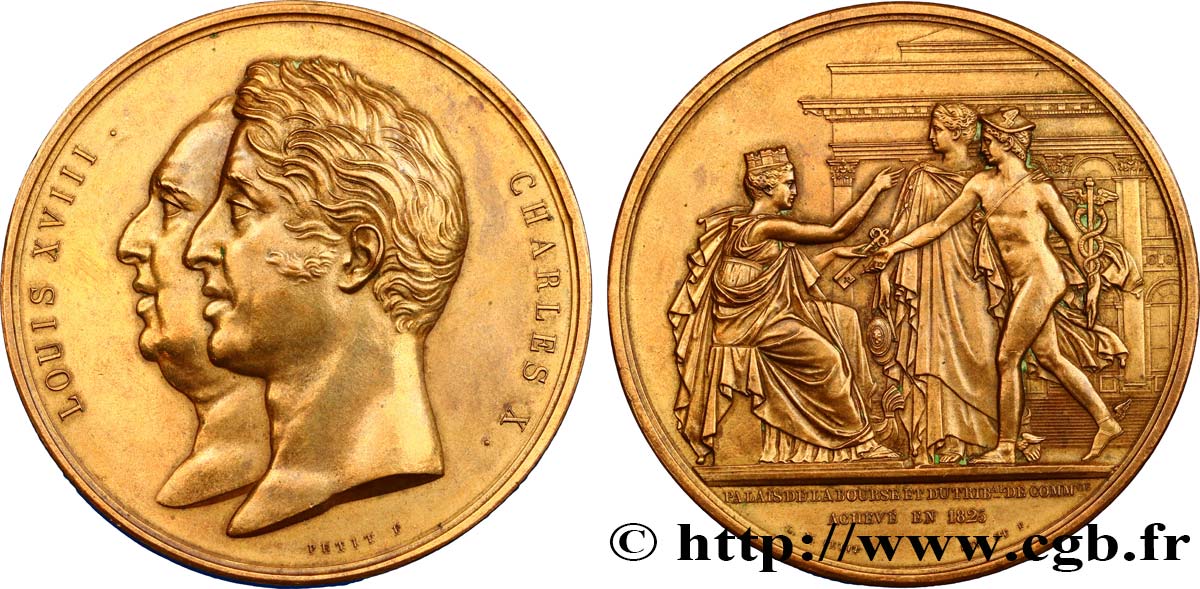
 Segnalare un errore
Segnalare un errore Stampate la pagina
Stampate la pagina Condividi mia selezione
Condividi mia selezione Fai una domanda
Fai una domanda Consegnare / vendere
Consegnare / vendere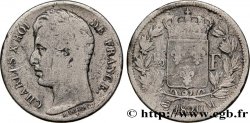
 Descrittivo
Descrittivo